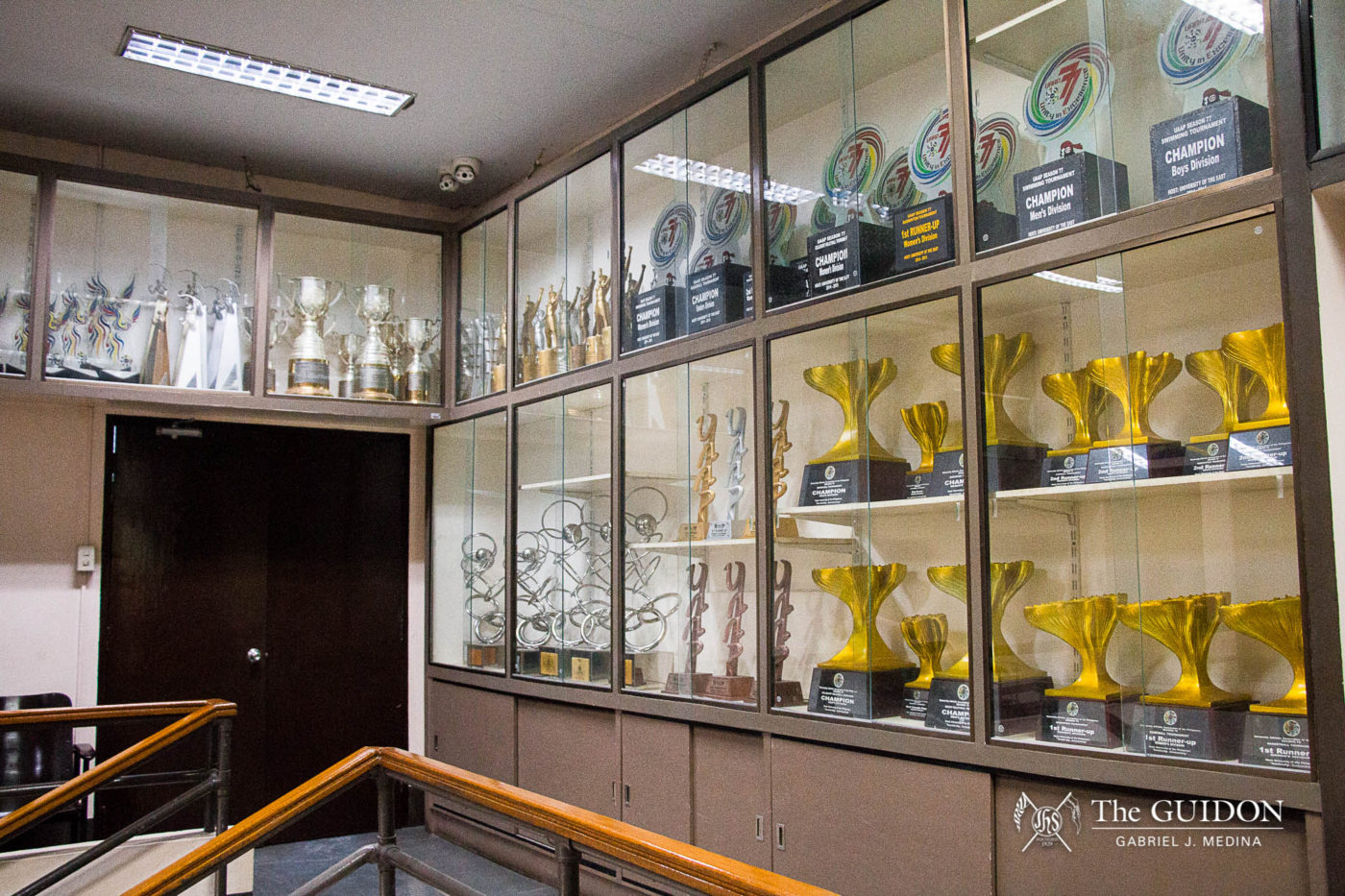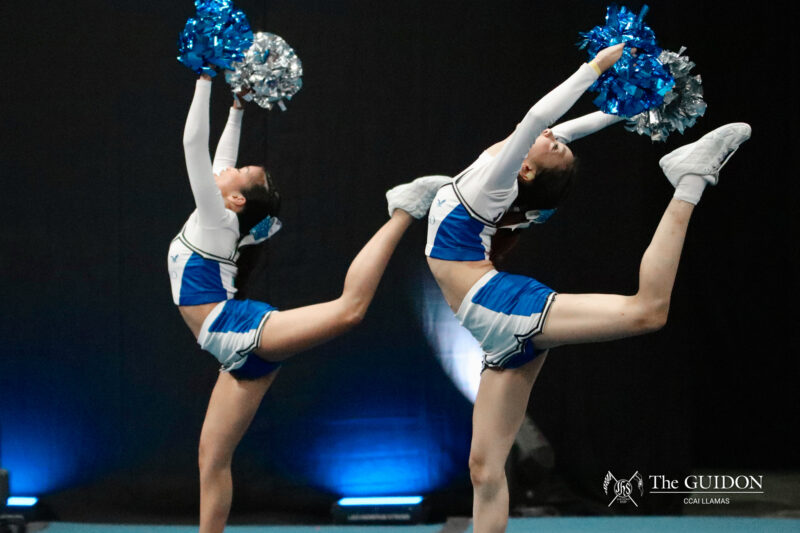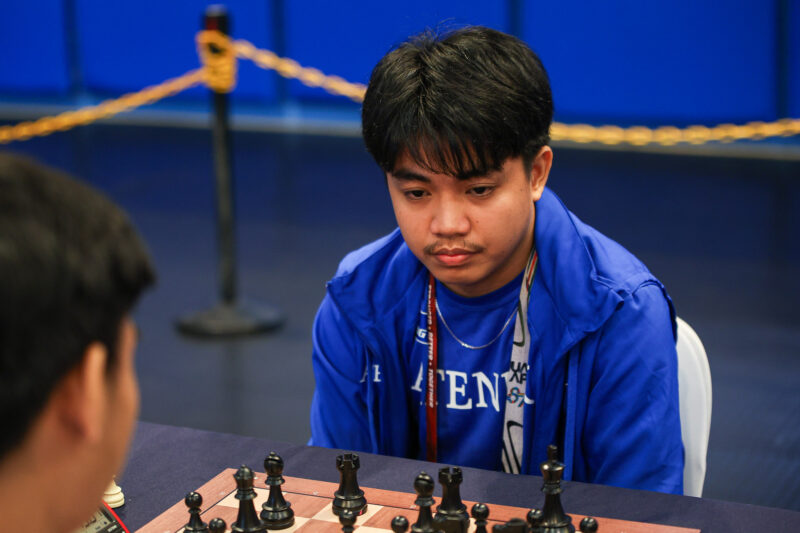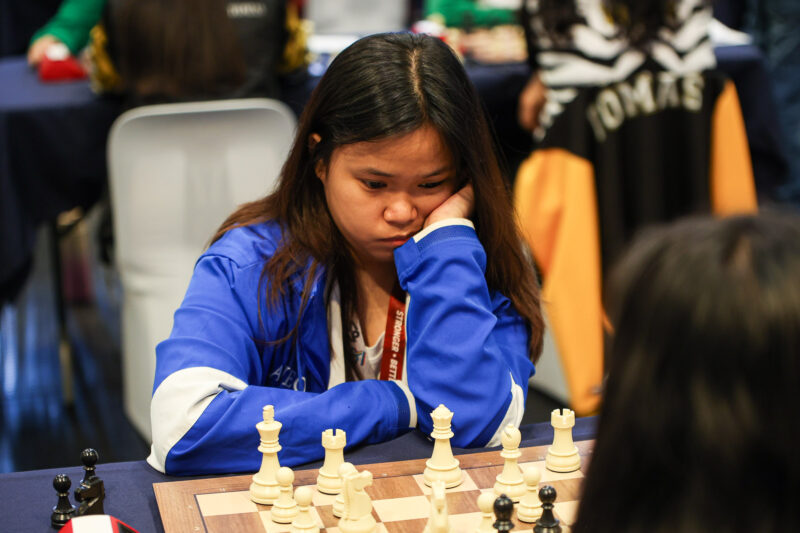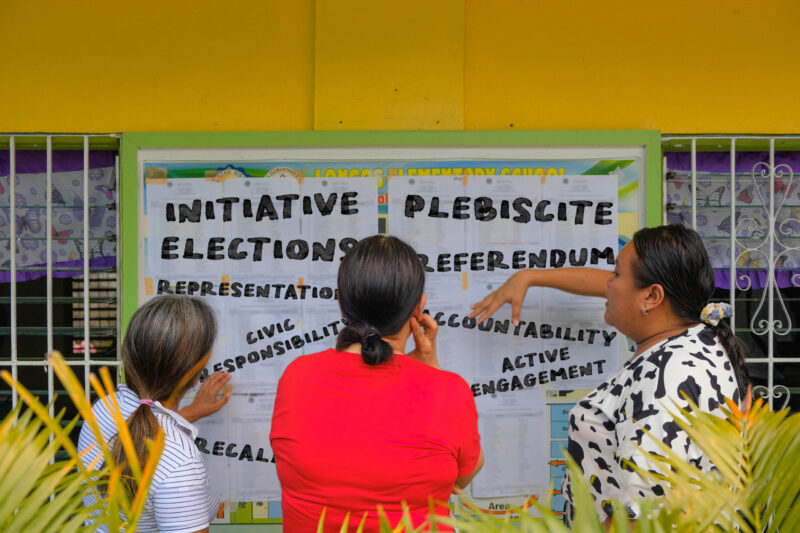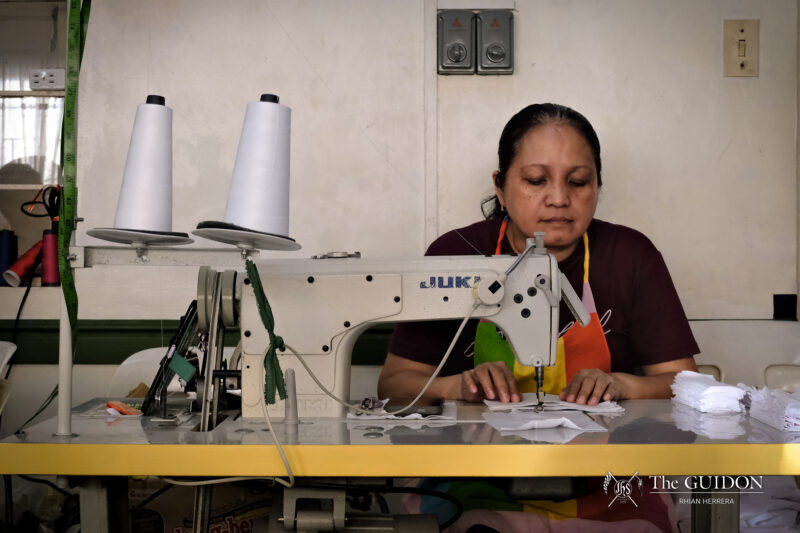AS THE Ateneo Blue Eagles stay firmly perched in its nest among the prime Philippine colleges of the University Athletic Association of the Philippines (UAAP), one may find it hard to believe that Ateneo’s winning ways in the UAAP began only 41 years ago, when the Blue Eagles made their historic exodus from the prominent collegiate league at the time, the National Collegiate Athletics Association (NCAA), to the UAAP, their current home.
Ateneo’s storied journey as a competitive athletics program began in the nascent NCAA of the 1920s, harking back to the days when Ateneo called Padre Faura its home base, their closest rivals were San Beda and Letran, and the legendary Blue Eagle Gym was a dream away.
Ateneo would slowly rise to dominance in the UAAP and will forever be known for its historic rivalries and numerous championships during its four decades of residence. However, their NCAA days live on as a long-lasting reminder of Ateneo’s role in the birth of the Philippines’ first-ever collegiate sports league.
Friendly competition
With the growing prominence of acclaimed colleges in the Manila area during the 1920s, the idea of an exclusive sports league gathered steam. The NCAA was the brainchild of Dr. Regino Ylanan, who introduced the league in 1924, with Ateneo, La Salle, National University, University of Manila, University of Santo Tomas and Colegio de San Juan Letran listed among its founding fathers. It was a grand idea: The top collegiate schools of Manila competing against one another on the grand stage of a premier sporting league.
The NCAA would go on to enjoy its apex with rivalries between Ateneo and San Beda, and Letran and La Salle marking the heyday of the rising collegiate league. Basketball legends such as Caloy “The Great Difference” Loyzaga of San Beda, original king eagle Frankie Rabat and Lauro “The Fox” Mumar of Letran sparked the popularity of the league.
Buoyed by the passionate interscholastic competition and sheer school spirit, the NCAA rose to unrivalled levels of fame. But as the heat of competition grew greater over the years, so did a culture of hooliganism and riotous behavior.
Blood, sweat, and jeers
Despite its historic legacy, an era of unsportsmanlike antics and excessive violence began to take hold of the NCAA, eventually pushing Ateneo to depart from the league.”It was getting out of control… [Ateneo’s decision] was really about the violence,” said Ateneo University Athletics Office Director Em Fernandez.
Acts of violence tainted Ateneo’s NCAA history with blood and tears, perfectly represented in the cheers of Colegio De San Juan De Letran, one of the founders of the league. Fernandez explained that they were known to infamously chant, “manalo, matalo, bugbog pa rin kayo (win or lose, you will still get beat up).”
Stories of Letran players and students raging into Ateneo to pick fights overshadowed Ateneo’s basketball matches against the Intramuros-based squad. The Reserve Officers’ Training Corps had to guard Ateneo-La Salle games to control aggression between the old rivals. Finally, a gruesome brawl between fans of Ateneo and San Beda, eventually leading to the hosting of their championship game behind closed doors, marked Ateneo’s final game in the NCAA.
Eventually, Ateneo packed up and made the change from the NCAA to their rival league, the UAAP, in 1978. Unfortunately, the brutality in the competitions did not stop there, and Ateneo was not any more innocent than the rest. At that point, Ateneo’s Blue Babble Battalion had yet to accept female members, and Atenean fans spewed vitriol at the schools that did. They would jeer at the cheerleaders of La Salle, yelling “Ayan na ang mga pokpok! (There goes the prostitutes)!”
Fortunately the UAAP proved to be much more capable of resolving these transgressions than the NCAA was. Restrictions were put on school cheers, media outlets were told to minimize replays of sequences that may trigger physical reactions from the crowds. Overall, the games were safer for everyone in the arenas. As the dust began to settle following these reforms, the UAAP soon emerged into a league of its own.
Growing pains
After making the jump from the NCAA to the UAAP, Ateneo struggled to adjust to the new environment. Despite dominating the NCAA landscape with 14 Men’s Basketball titles, the Ateneo Men’s Basketball team wouldn’t earn their first championship until 1987, nine years after their maiden season in the UAAP.
One of the main agents in Ateneo’s struggle was the disparity in talent between the NCAA and UAAP at the time. Although the NCAA was the more popular league then, most national team players were taken from their rival league.”The UAAP was just the far superior league in terms of talent,” said Fernandez. Players like Far Eastern University’s Anthony Williams, who led FEU to a three-peat while being the first foreign student-athlete to win the Most Valuable Player award in the UAAP, and University of the East’s Allan Caidic, who won the 1982, 1984, and 1985 Most Valuable Player awards, dominated the UAAP scene.
Despite these struggles, the school’s league shift ultimately paid off, not just in terms of basketball, but also for the general state of Ateneo sports. The UAAP proved itself to be more capable of change and expansion than their counterpart. Along with this, more sports such as Judo and Fencing were introduced, women’s divisions were organized, and the league’s media savvy provided greater opportunities for athletes to showcase their talents. As the UAAP began to diversify its range of sporting opportunities and fanbase, their legacy as a league for the forward-looking would soon be established.
Pioneers
Behind the long-standing success of the Blue Eagles lies a humble beginning, as exemplified by the school’s decision to take a brave step to compete in the Philippines’ first ever college league, duking it out against the giants of the NCAA, and rising above a culture of violence to stake its place among the titans of Philippine collegiate sports.
While the NCAA and UAAP have progressed separately to astounding levels of success, they are both rooted in the same spirit of school pride that has cemented their places, and all their member colleges, in the annals of Philippine culture. 41 years have passed since the UAAP welcomed Ateneo into its ranks, but that raucous, take-no-prisoners passion borne from the early days of the NCAA lives on in each and every league, sporting event, and cheer rally around the archipelago.
What do you think about this story? Send your comments and suggestions here: tgdn.co/2ZqqodZ

